Waterproof or Water Resistant… What do all these IP ratings mean?
When spring showers hit, most people’s minds turn to flowers, warmer weather and their dormant grass springing to life, but those of us in the lighting design and engineering business think of ingress protection and safety. That’s because those spring showers bring potential hazards for outdoor lighting products.
You may have heard the news that electricity and water don’t mix. You don’t have to believe me, but I wouldn’t recommend finding out for yourself.
So in this blog, we’ll be taking a look at the differences between the, often confusing, terms of waterproof and water-resistant, and how you can identify the different levels of protection just by looking at a product package or a manufacturer’s spec sheet.
In short, “water resistant” describes the fixture’s ability to resist water penetration to a certain degree but perhaps not entirely. On the other hand, “waterproof” technically means that it’s impermeable no matter how much time it spends in the water.
While that may be a good enough answer for you, there’s more. There are actually different levels of protection, and they’re found in the fixture’s “IP Rating.”
IP is an acronym “Ingress Protection” which is a measurement of the protection an item will have against solid objects (dust, sand, dirt, etc.) and liquids.
An IP rating is comprised of two numbers. An example is an IP65 Rating. The first number (in the example: 6) refers to the protection against solid objects (dust, sand, etc.), and the second number (in the example: 5) refers to protection against liquids.
Each IP rating has two numbers, both of which give you information about the protection level. A higher number means greater protection against solids and liquids. – The first number (0-6) refers to the level of protection against solid objects and moving parts, such as dust, debris, or other solid matter. – The second number (0-8) references the level of liquid and moisture protection. Take a look at the chart below to better understand the protection offered with each number.
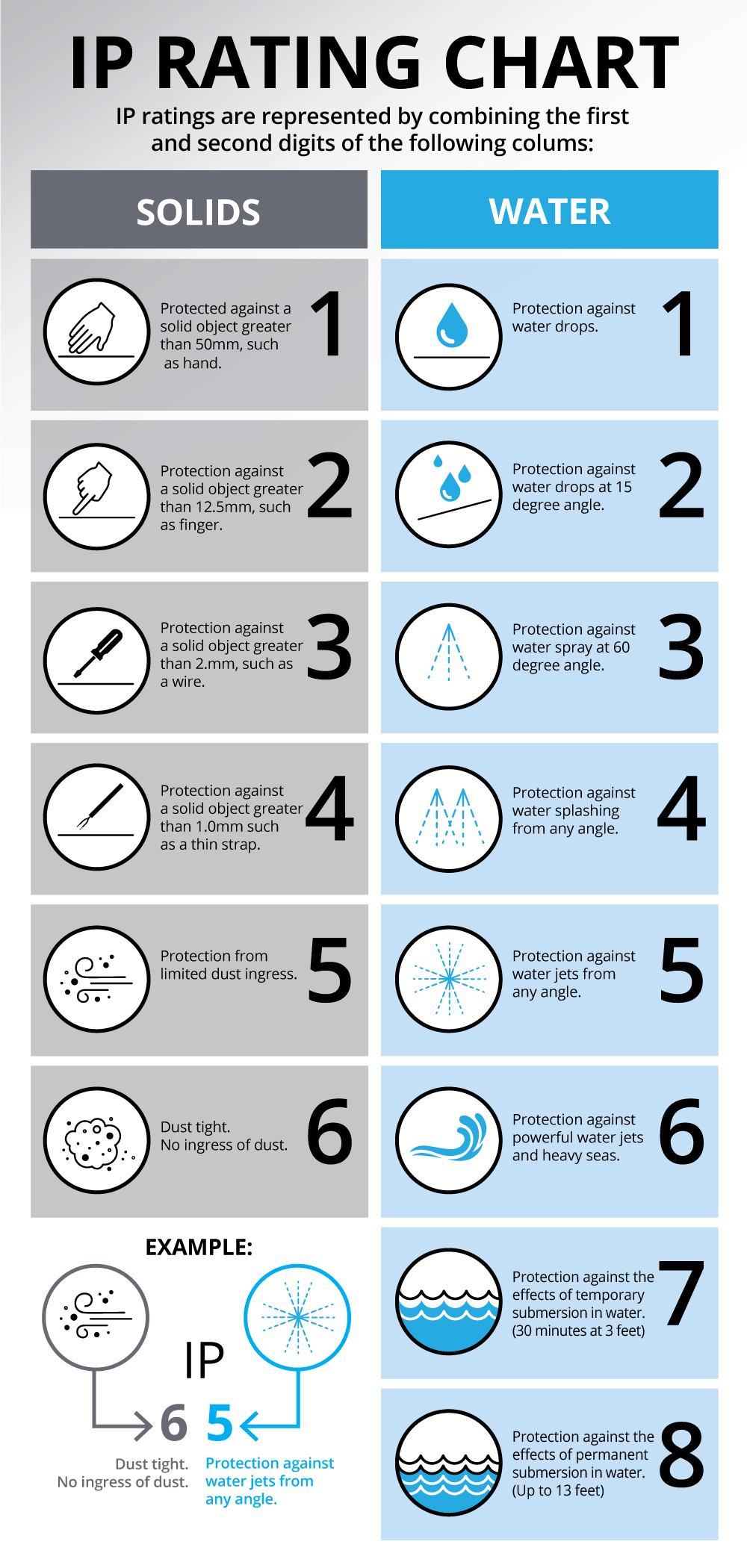
The differences between commonly sold IP65, IP66, IP67, & IP68 outdoor lighting fixtures are slight, but very important. Using the above chart as a guide, we can see that all outdoor fixtures are protected at the highest level from solids and dust. The variations come with the protection against liquids.
IP65 = Water resistant, or “Protected against water jets from any angle.” *Do NOT submerge IP65 LED fixtures, these are not waterproof.
IP66 = Water resistant, or “Protected against more powerful water jets and heavy seas from any angle.” *Do NOT submerge IP66 LED fixtures, these are not waterproof.
IP67 = Water resistant plus, or “Protected against the events of temporary submersion (10 minutes).” *Do NOT submerge IP67 LED fixtures for extended periods, these are not waterproof.
IP68 = Waterproof, or “Protected against the events of permanent submersion up to three meters.”
If you don’t anticipate a harsh environment that is extremely dusty or wet, then a lower IP rating fixture will suffice.
In places that will have a lot of dust, debris, or potential to be in contact with any solids or liquids, you’ll want to make sure that the IP ratings are high, and that you have adequate water resistant or waterproof coatings on your LED strip lights. Manufacturers generally list the IP ratings on the fixtures themselves as well as on the product packaging and on their specification sheets / brochures. A little investigation of the product’s IP rating before you install it could save you a lot of headaches (and worse) in the long run.
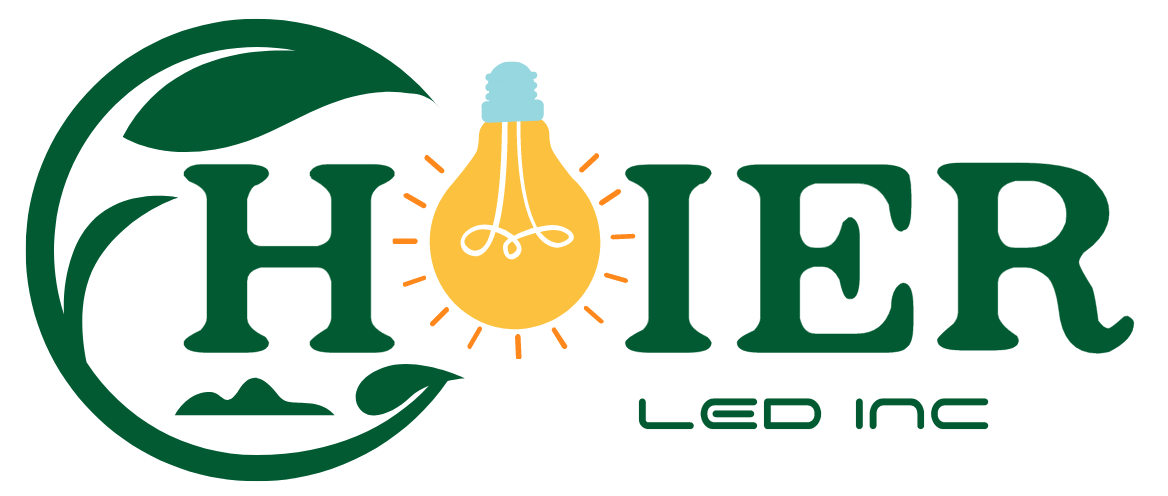
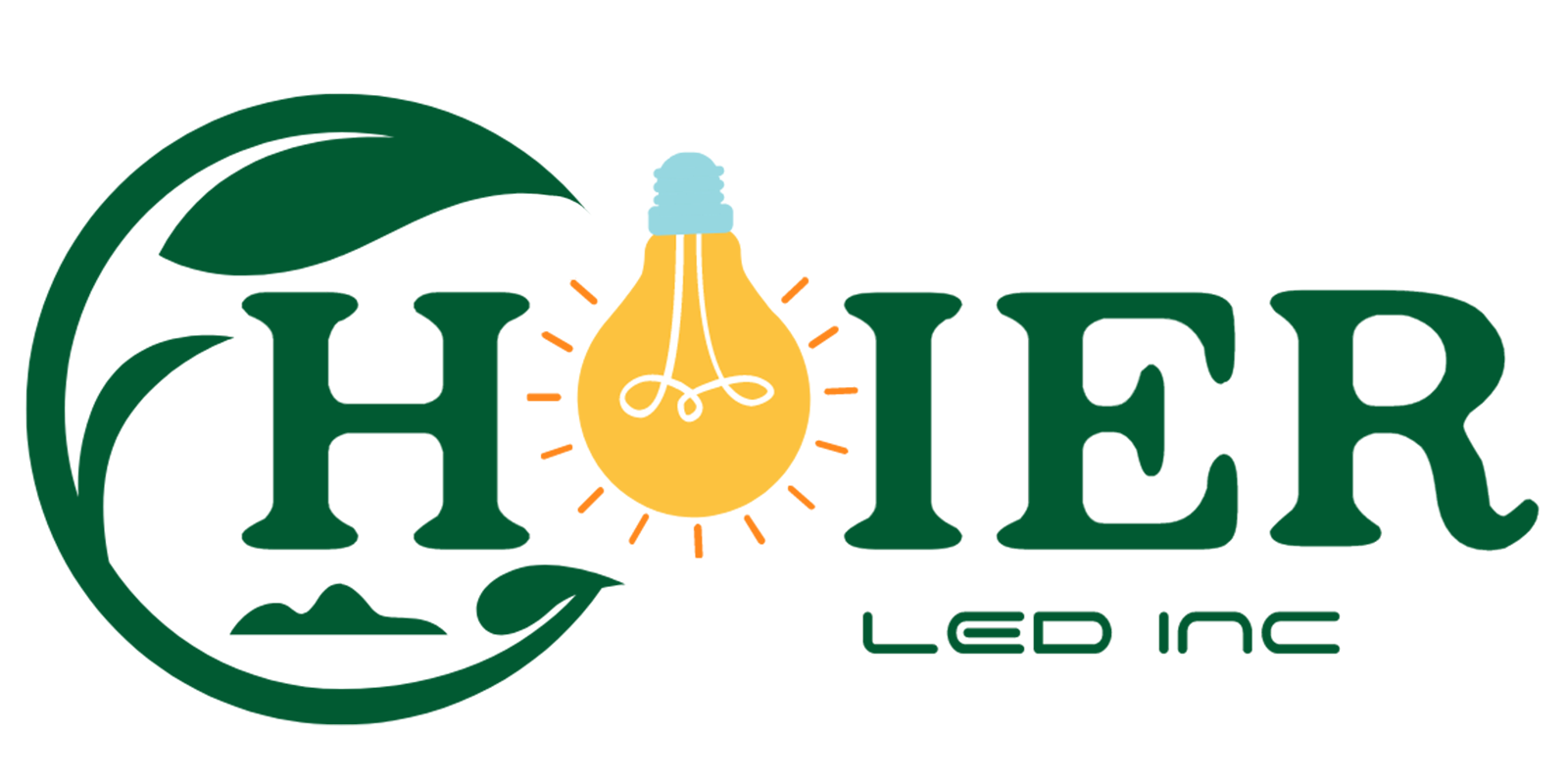
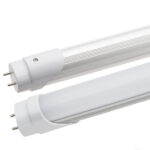 LED Tube Light
LED Tube Light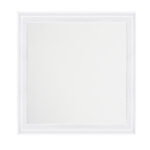 LED Panel Light
LED Panel Light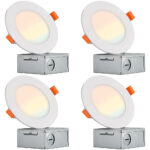 LED Down Light
LED Down Light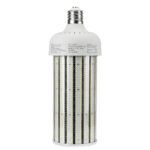 LED Corn Bulb
LED Corn Bulb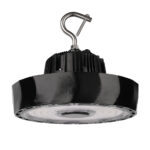 LED Highbay Light
LED Highbay Light LED Linear Strip Light
LED Linear Strip Light LED Exit Sign&Emergency Light
LED Exit Sign&Emergency Light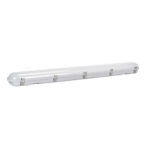 LED Vapor Tight Fixture
LED Vapor Tight Fixture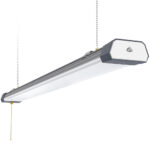 LED Shop Light
LED Shop Light LED Track Light
LED Track Light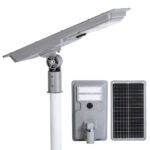 LED Solar Light
LED Solar Light LED Street Light
LED Street Light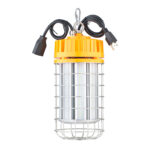 LED Work Light
LED Work Light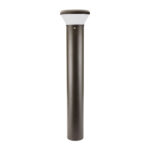 LED Bollard Light
LED Bollard Light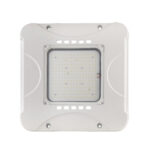 LED Canopy Light
LED Canopy Light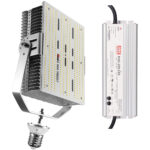 LED Retrofit Kit
LED Retrofit Kit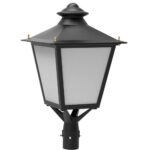 LED Post Top Light
LED Post Top Light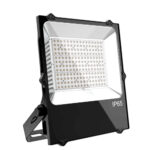 LED Flood Light
LED Flood Light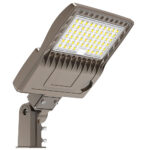 LED Shoebox Area Light
LED Shoebox Area Light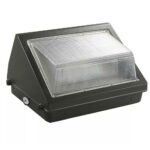 LED Wallpack Light
LED Wallpack Light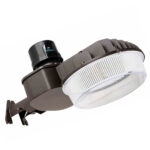 LED Dusk to Dawn Barn Light
LED Dusk to Dawn Barn Light LED Explosion Proof Light
LED Explosion Proof Light LED Fishing Light
LED Fishing Light LED Stadium Light
LED Stadium Light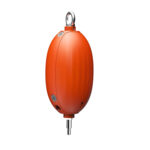 Emergency Backup Battery
Emergency Backup Battery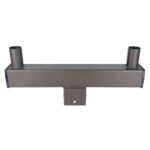 Pole Mounting Bracket
Pole Mounting Bracket Dimmer Switch
Dimmer Switch Photocell Sensor
Photocell Sensor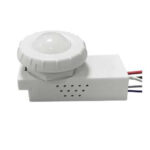 Motion Sensor
Motion Sensor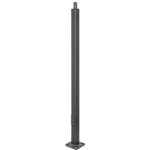 Light Pole
Light Pole Multi-strand Copper Wire
Multi-strand Copper Wire Waterproof Joint
Waterproof Joint Surge Protective Device
Surge Protective Device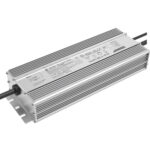 LED Driver
LED Driver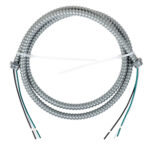 Flexible Conduit
Flexible Conduit LED T8 Emergency Tube Light
LED T8 Emergency Tube Light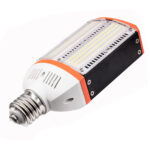 LED E26/E39 Retrofit Bulb
LED E26/E39 Retrofit Bulb
I like it.Thank you